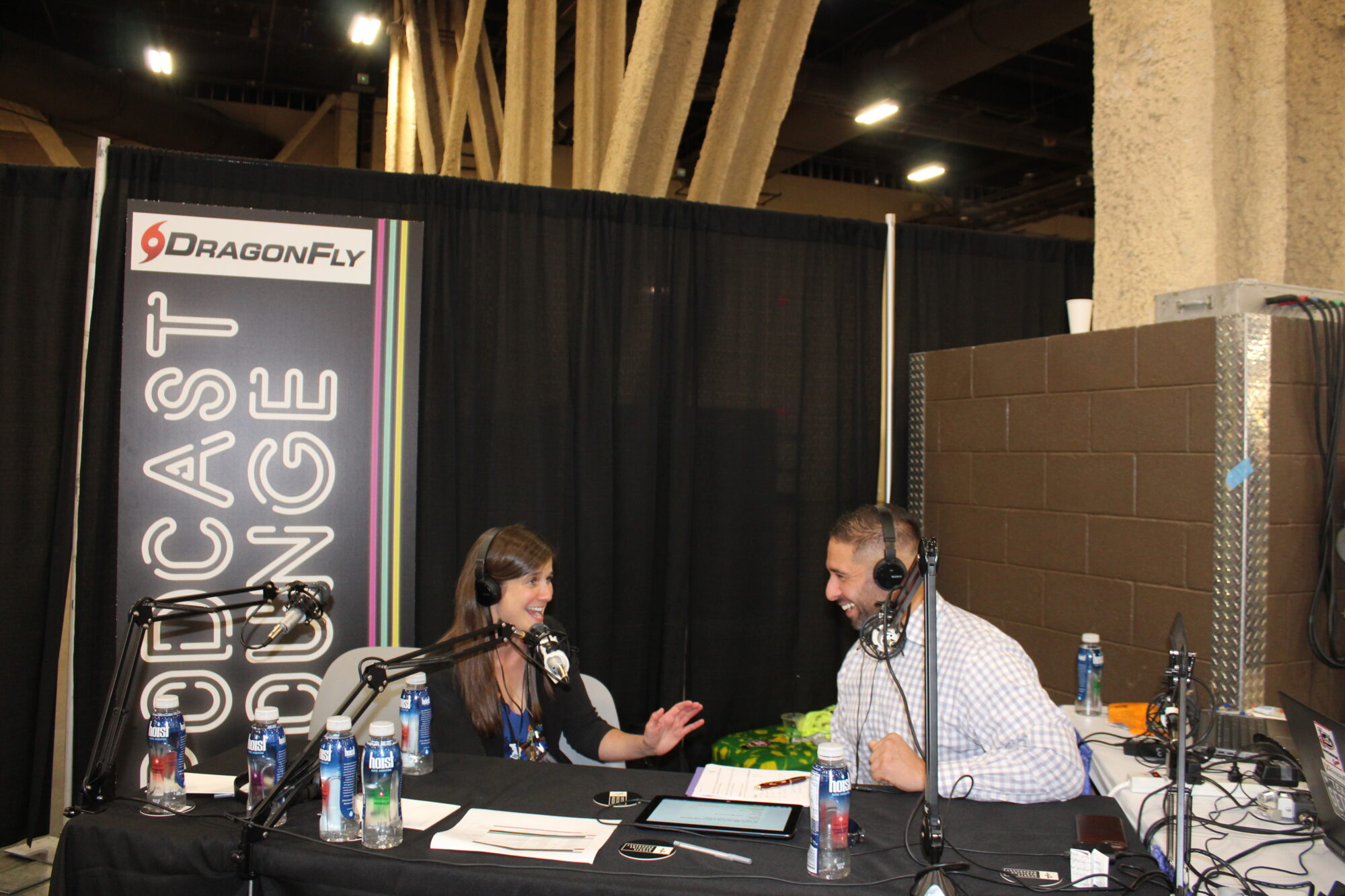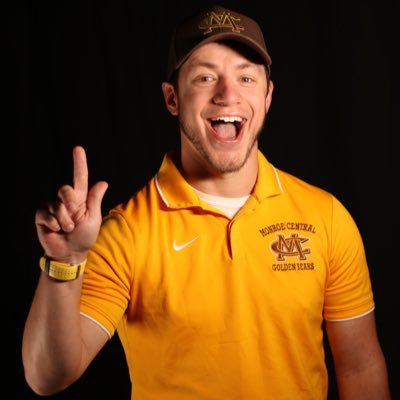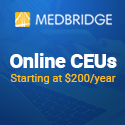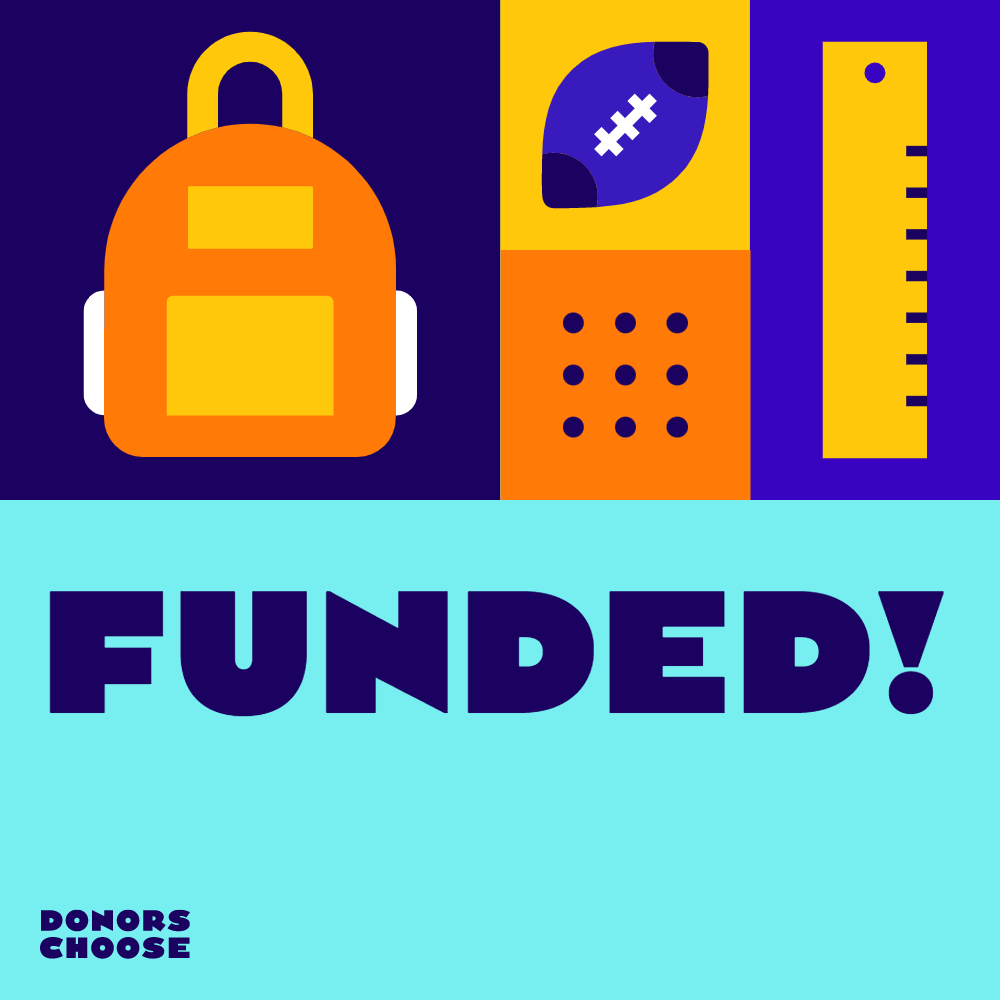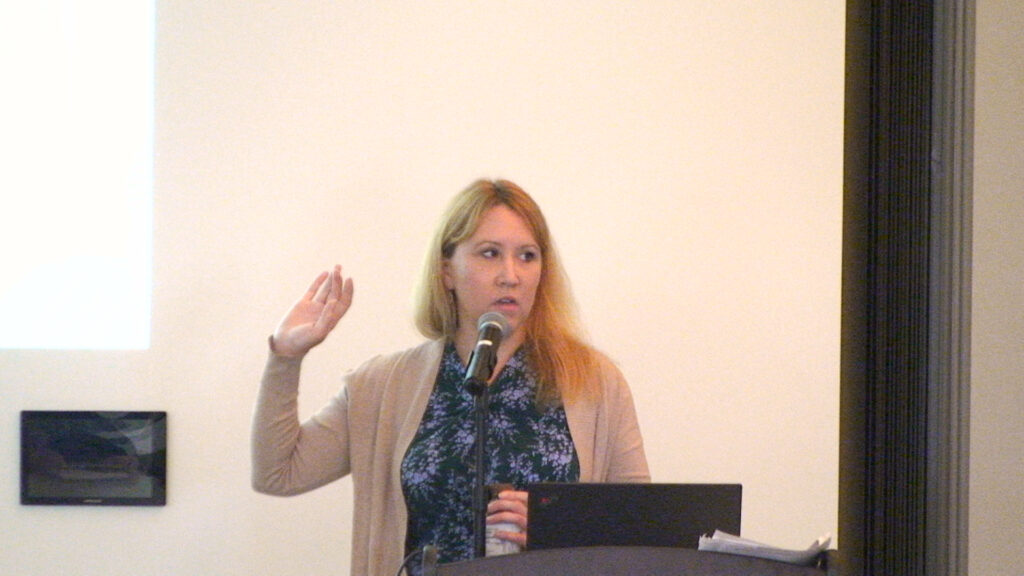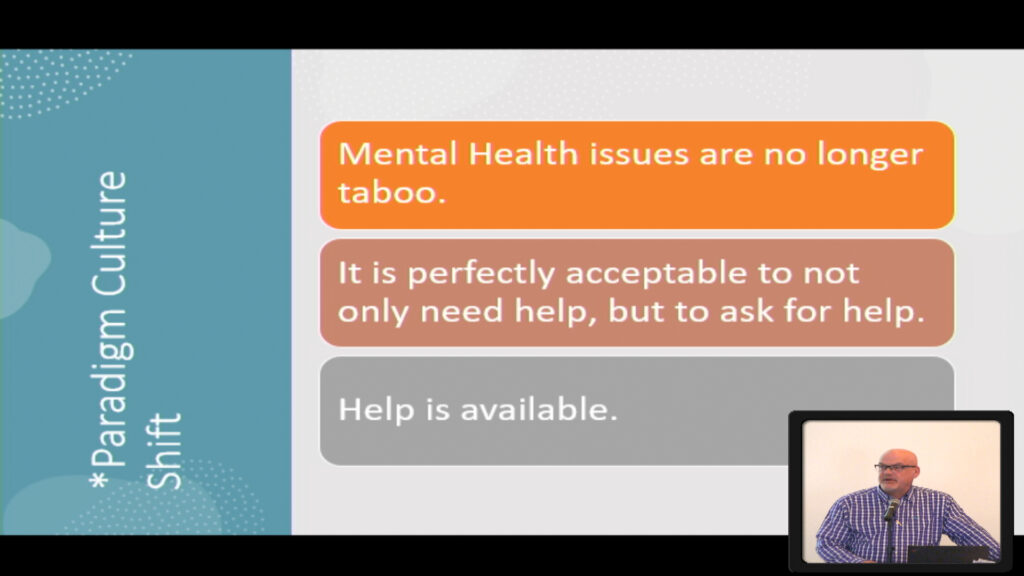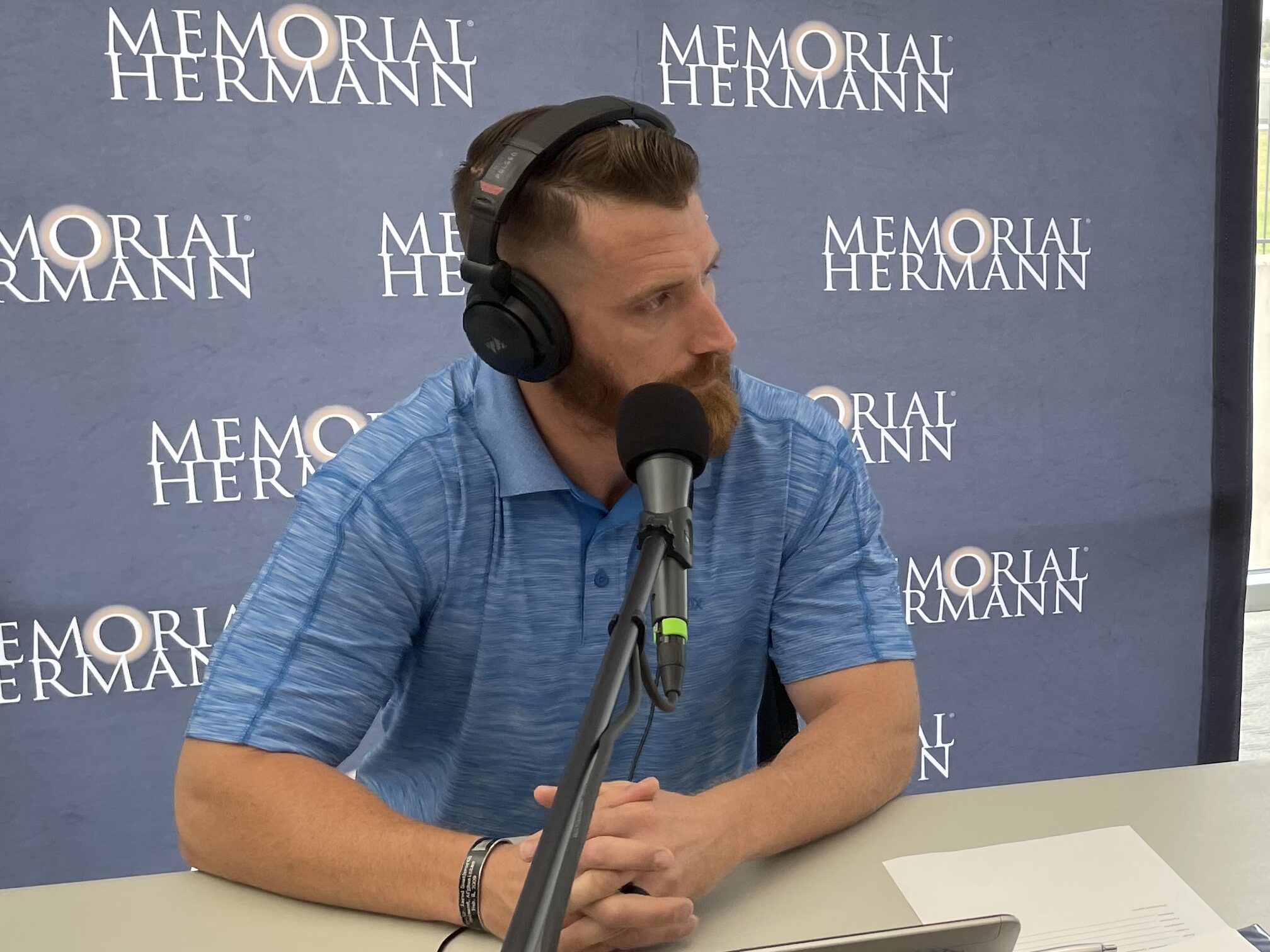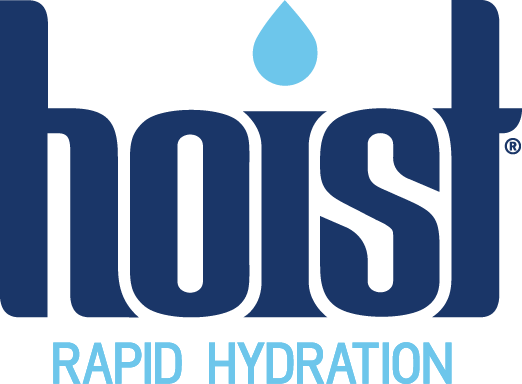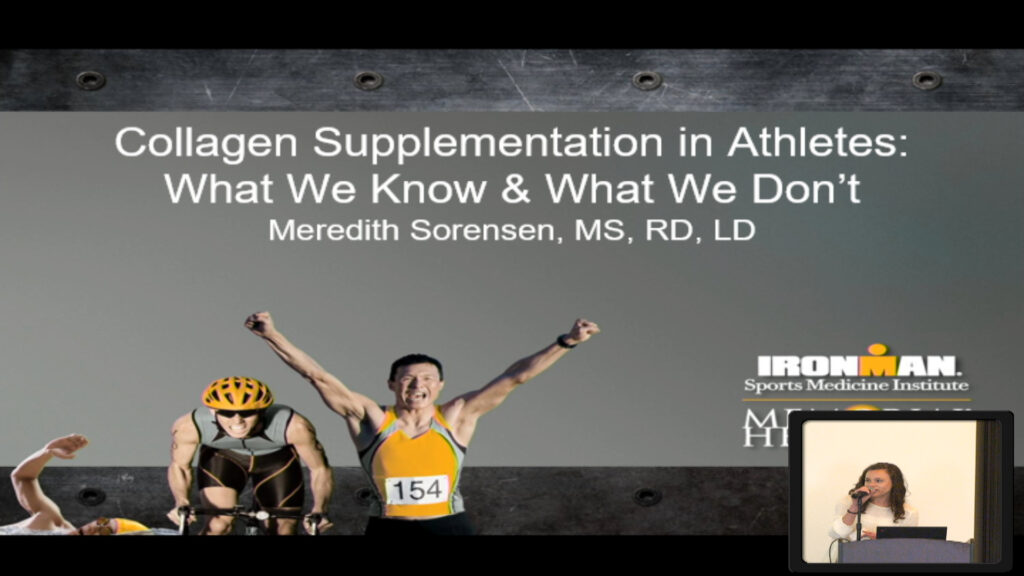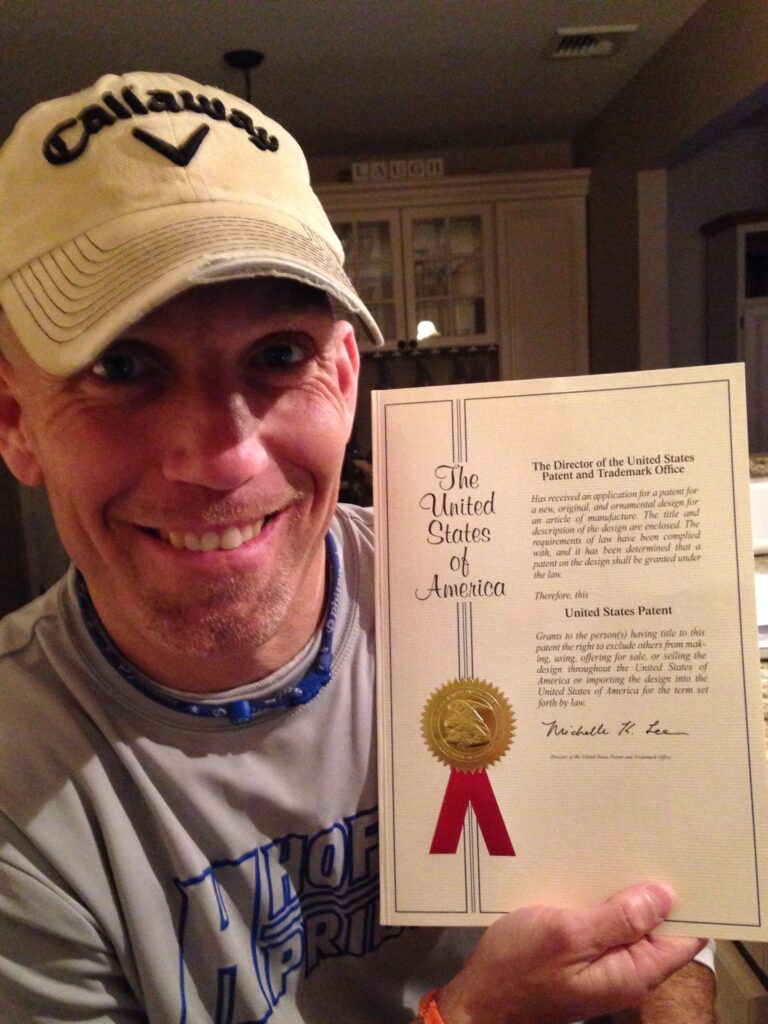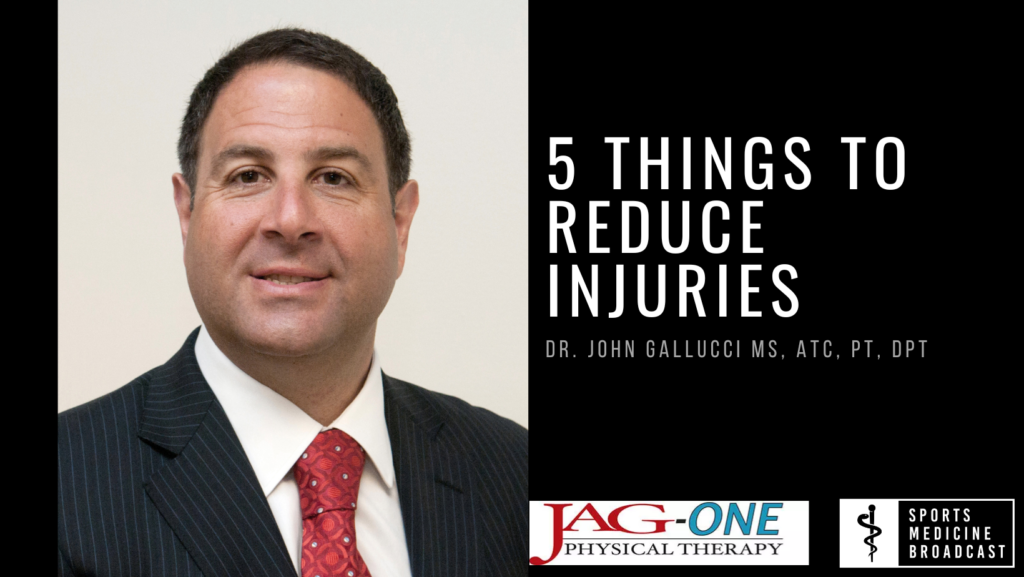Podcast: Play in new window | Download
Alex Bray is a young professional that grew up with social media and smartphones. She uses it to make an impact in her sports medicine practice.
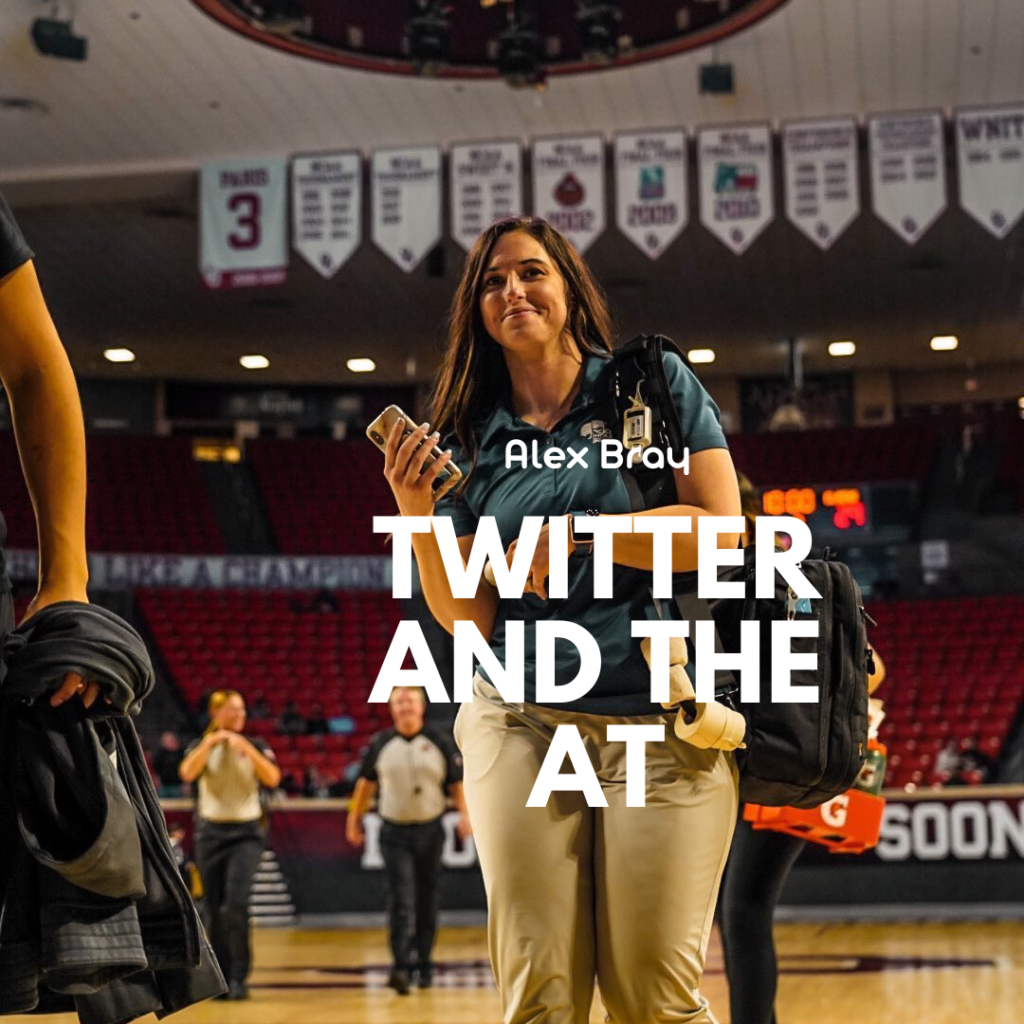
Why do you use social media for sports medicine?
Started in grad school as a way to network, turned into a way to advocate for our profession & athletes, share things I struggle with as an AT to help others, and learn from other ATs in areas that I’m weaker in.
What have you taken from Social Media?
It can be helpful or hurtful. I’ve created some friendships because of it, but I also see toxic, negative things in the AT Social Media world every day. I tend to scroll past those & ignore them as best I can.
How has it helped?
I’ve learned things to help my athletes (@ Zach’s incredible shin splint program, patellar tendon treatments, etc), learned about jobs, and gotten involved more in my state association because of it.
Has it been harmful or negative for you at all?
The most “harmful” thing for me is more of my personal anxiety struggles. I feel like I’m a part of the first generation that ever grew up with social media and playing competitive sports we always hear “Everyone is watching what you post,” so I tend to overthink if my content is portraying what I want to, or if someone will take it out of context. When I start to overthink things and feel like my mental health is struggling, I usually delete the apps for a while.
How do you manage Twitter?
I try to go by the rule I grew up with using social media: Don’t post anything you wouldn’t want your grandma to see! There are certain hot takes that I avoid sharing opinions on. I also tend to ignore any of the toxic, negative comments/accounts.
Which platforms do you use and why?
Twitter – a huge opportunity to network with other ATs, learn from other ATs, and also share things with parents/athletes that they may not learn otherwise.
Facebook – From an AT perspective, mainly to connect with my athletes’ parents/encourage other parents to understand what ATs do for their kids. For example, I had the opportunity to go to the state capitol this year, so of course I’m going to share that and make sure parents see ATs do so much more than stand on the sidelines!
TikTok- I use TikTok in waves. I’ll download it, post some content, and then get anxious with it (afraid something is taken out of context for example) and delete it for a while. I try to take “social media breaks” anytime I start to feel like they’re affecting my mental health.
What has your HR or legal department given you for guidelines?
Probably more than I can remember. Honestly, living by the “don’t post anything you don’t want your grandma to see” is my general guideline for social media use. I definitely have certain opinions that are different than Select Physical Therapy, but I try to disclose that my opinions are my own, not the company I work for.
What connections have you made through social media?
Friendships/relationships more than anything!
Call to action:
Use social media to share positive things about the profession / where it’s going / what we do. Feeding into the toxic negativity spiral doesn’t help anyone! Use that same energy to reach out to people who can make a difference at the state and national levels!
Michael MacPherson – michael@sujibfr.com
Lisette Guerrero
Alex Bray – @AlexBrayATC on Twitter
These people LOVE Athletic Trainers and help support the podcast:
Frio Hydration – Superior Hydration products.
Donate and get some swag (like Patreon but for the school)
HOIST – No matter your reason for dehydration DRINK HOIST
MedBridge Education – Use “TheSMB” to save some, be entered in a drawing for a second year free, and support the podcast.
Marc Pro – Use “THESMB” to recover better.
